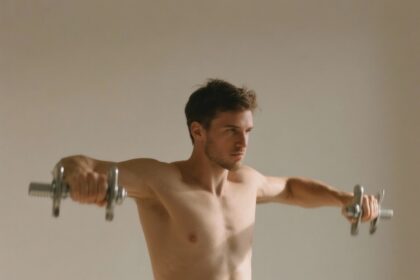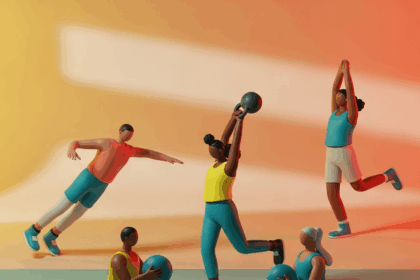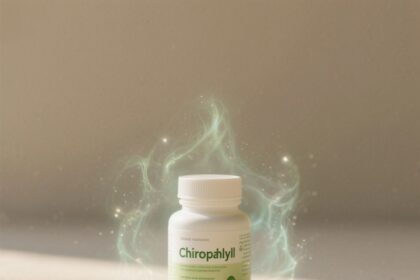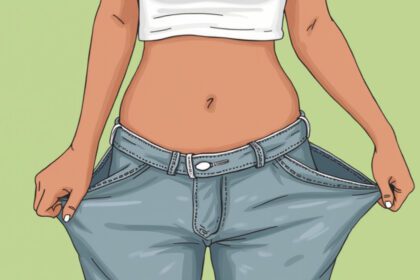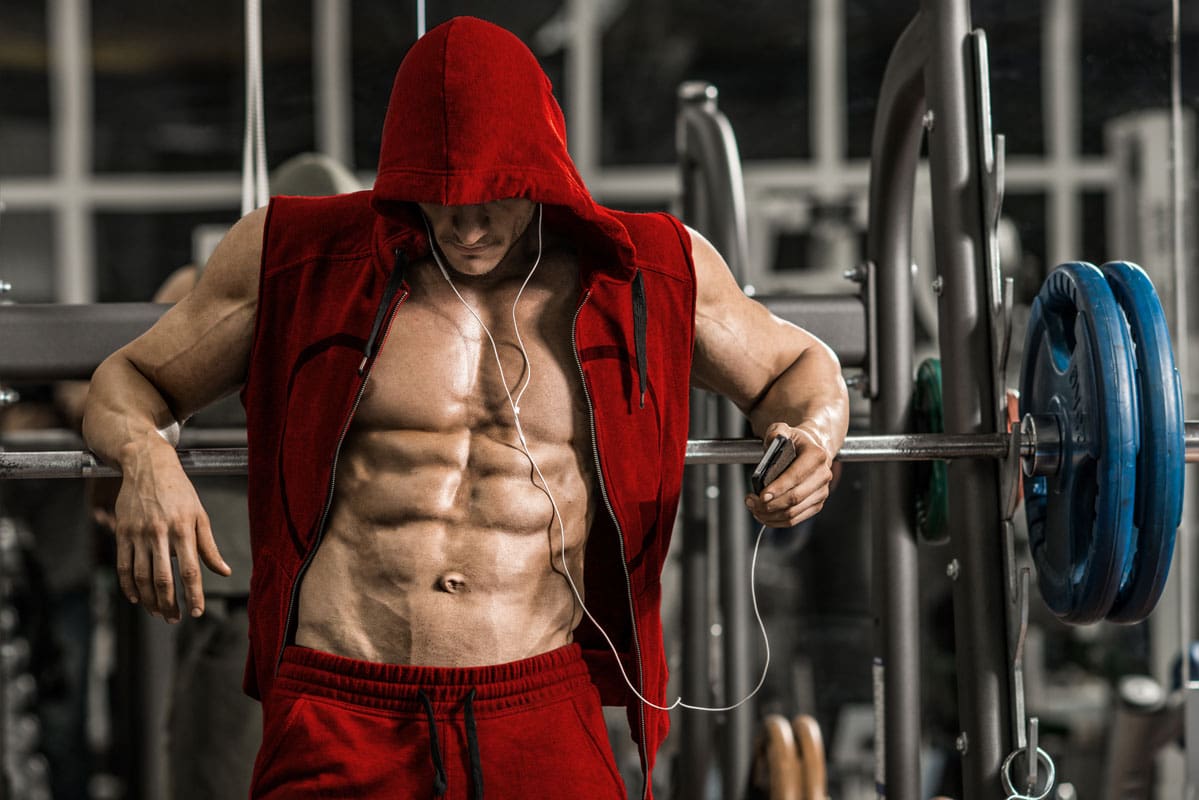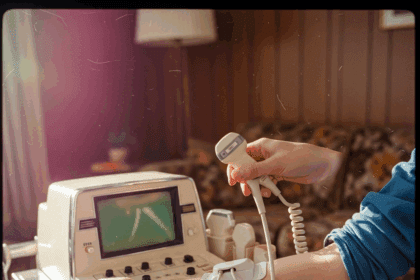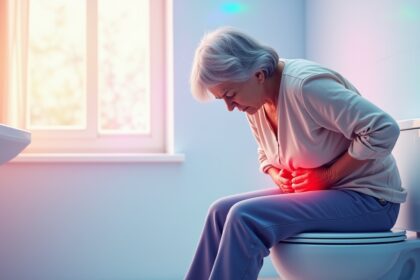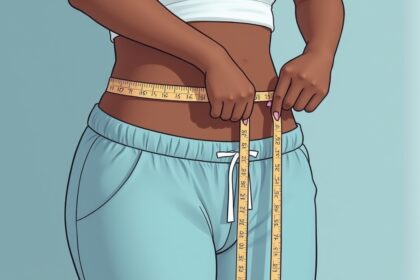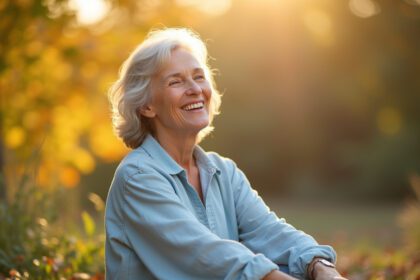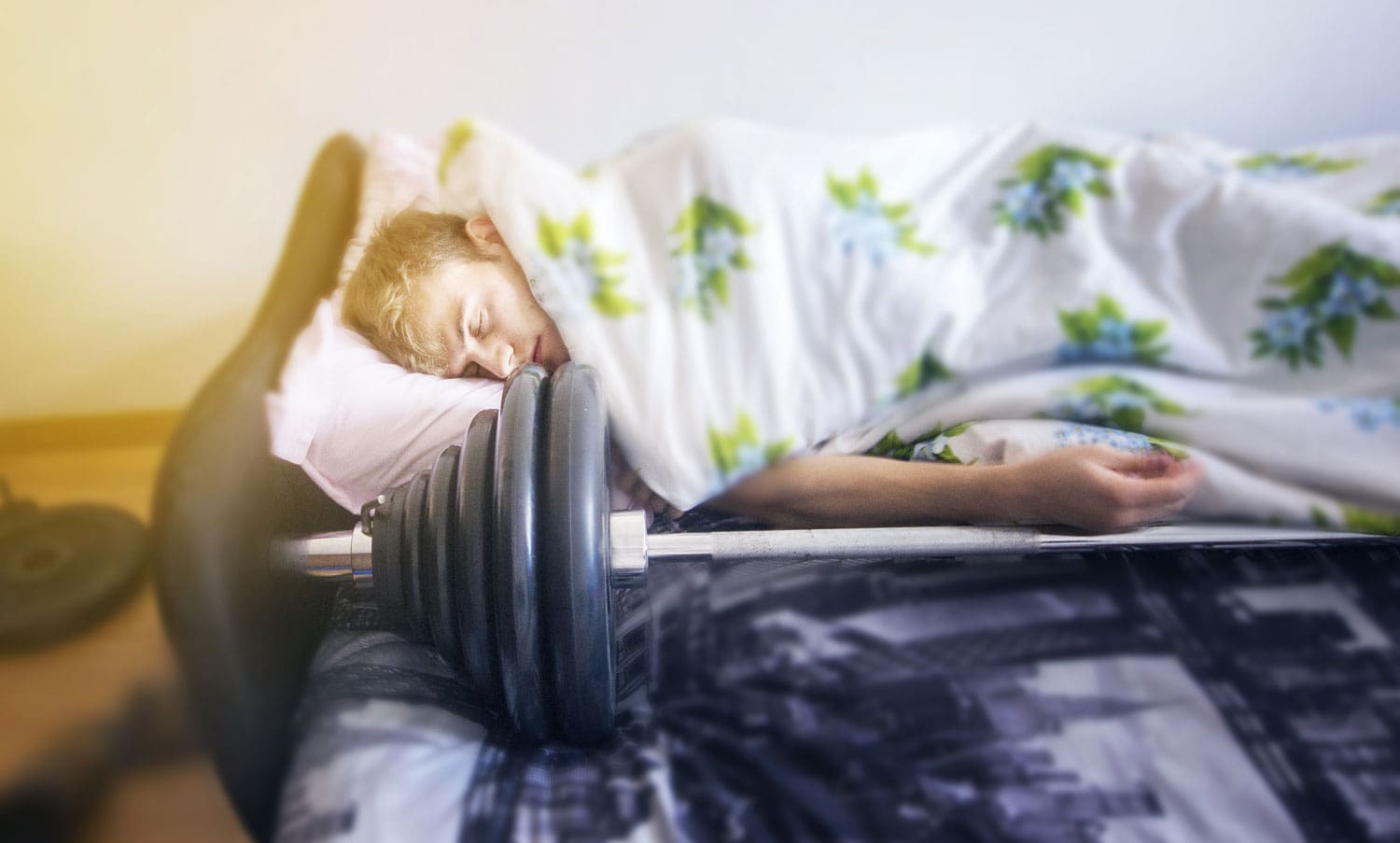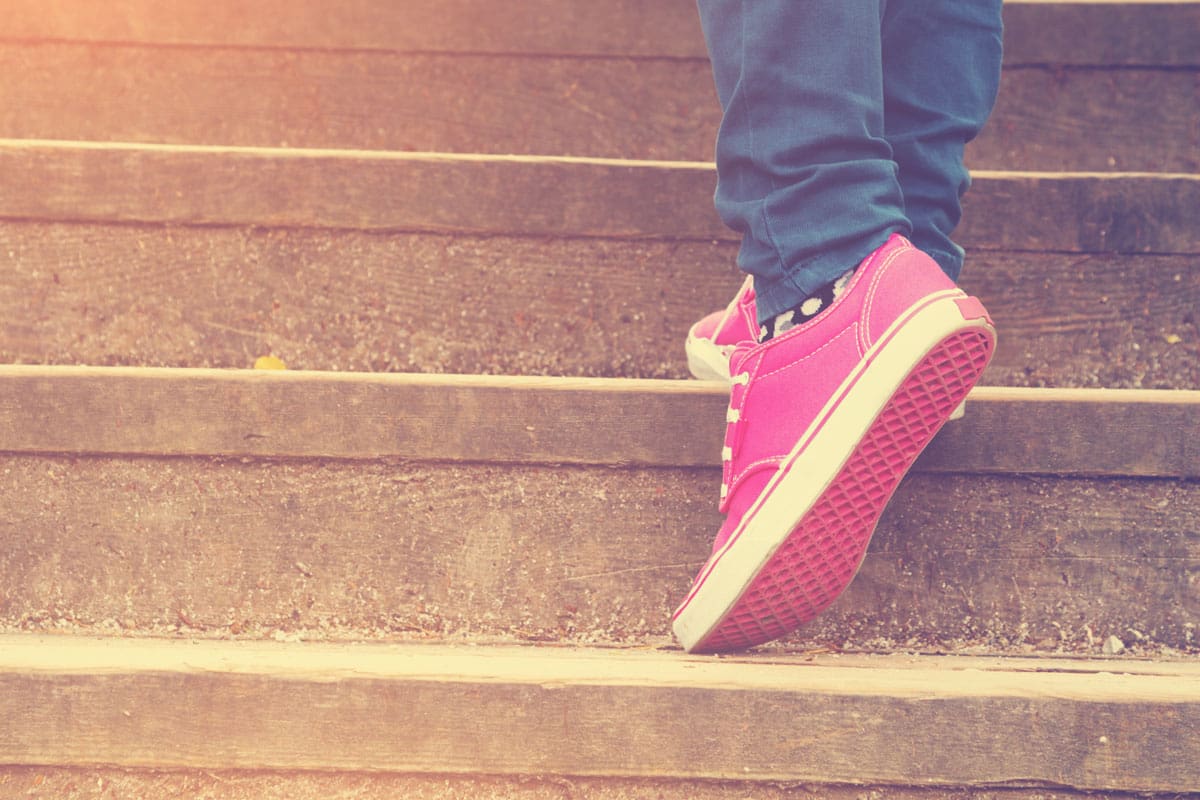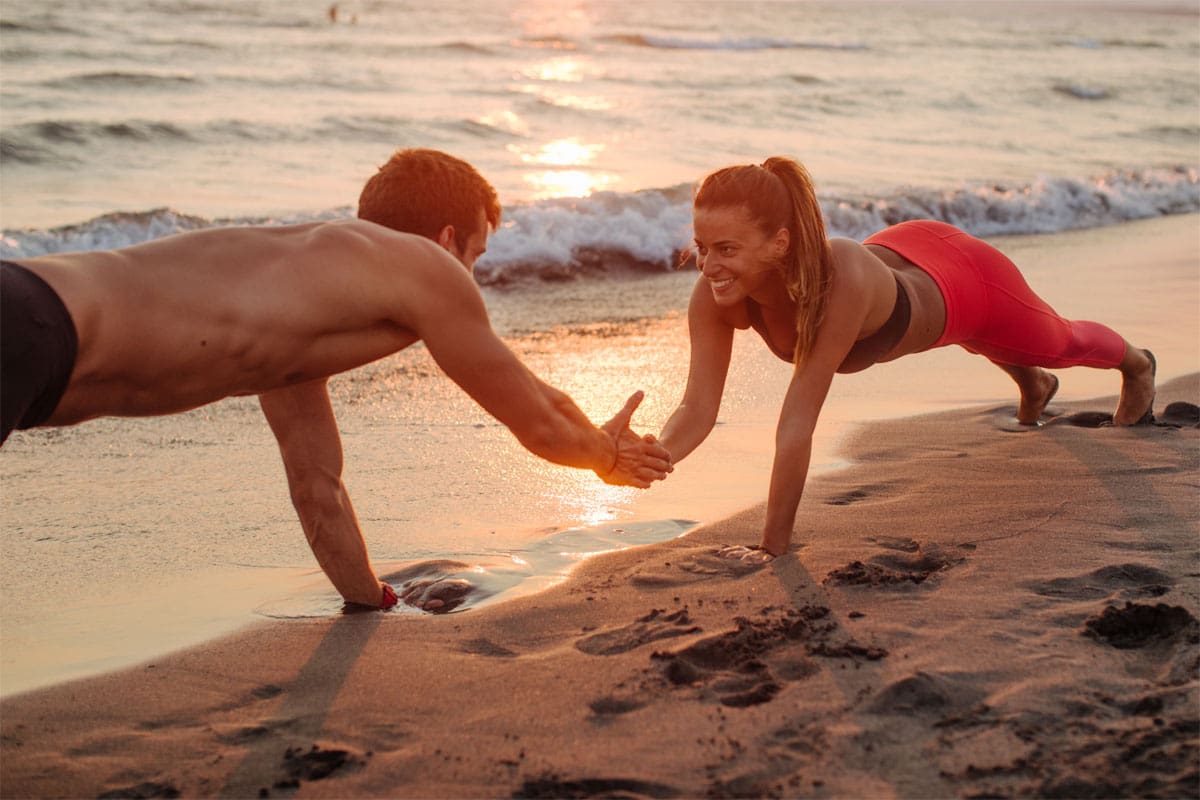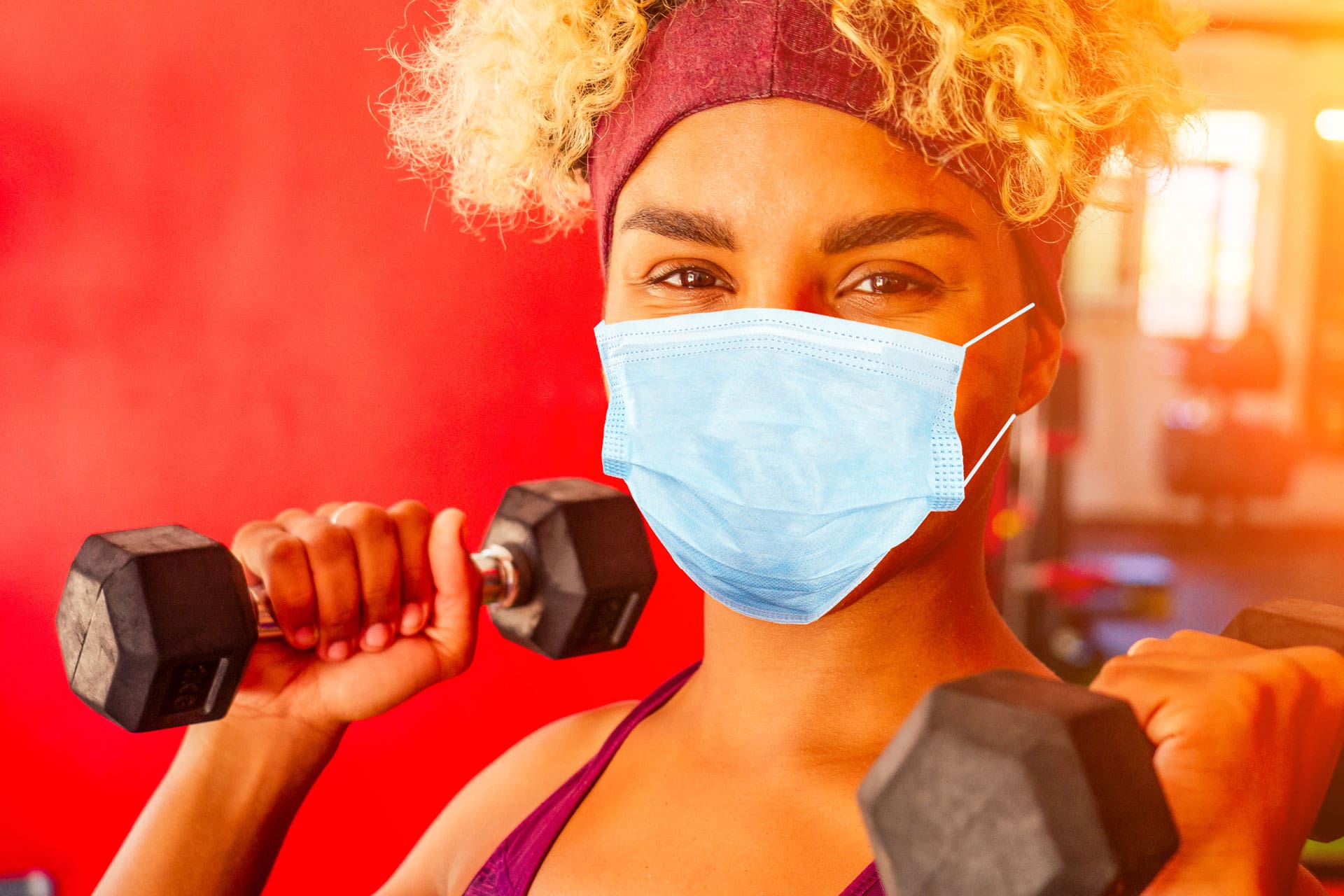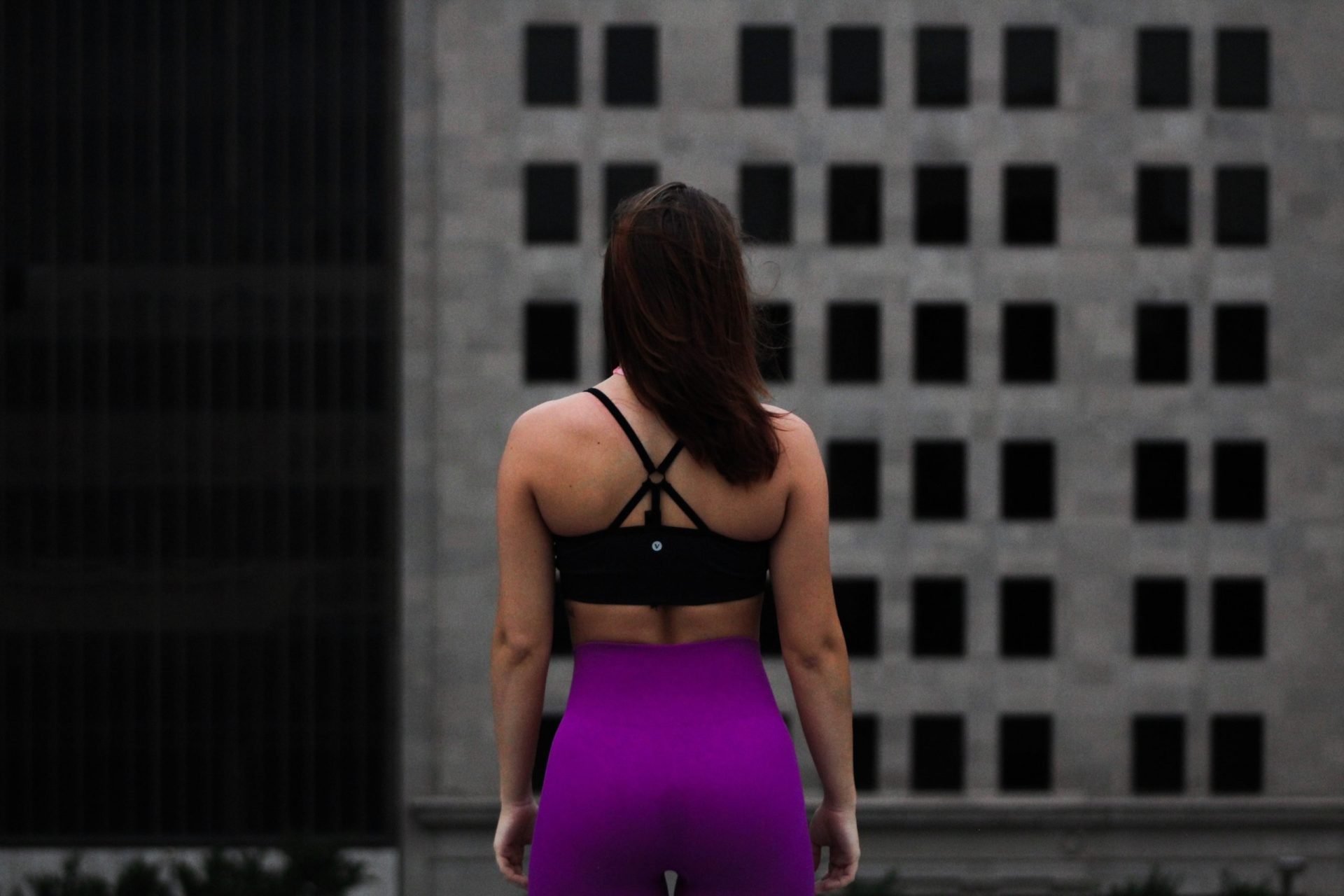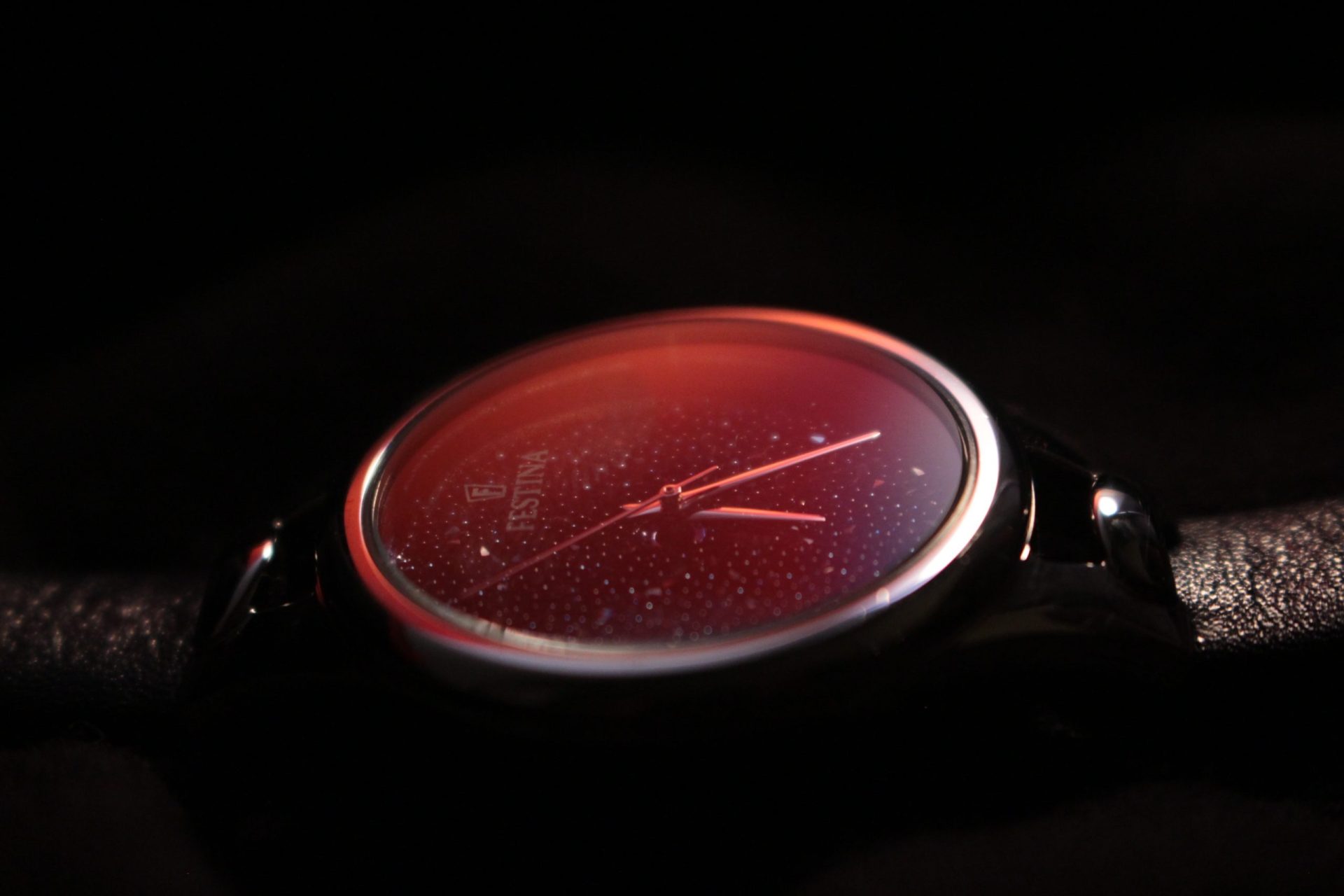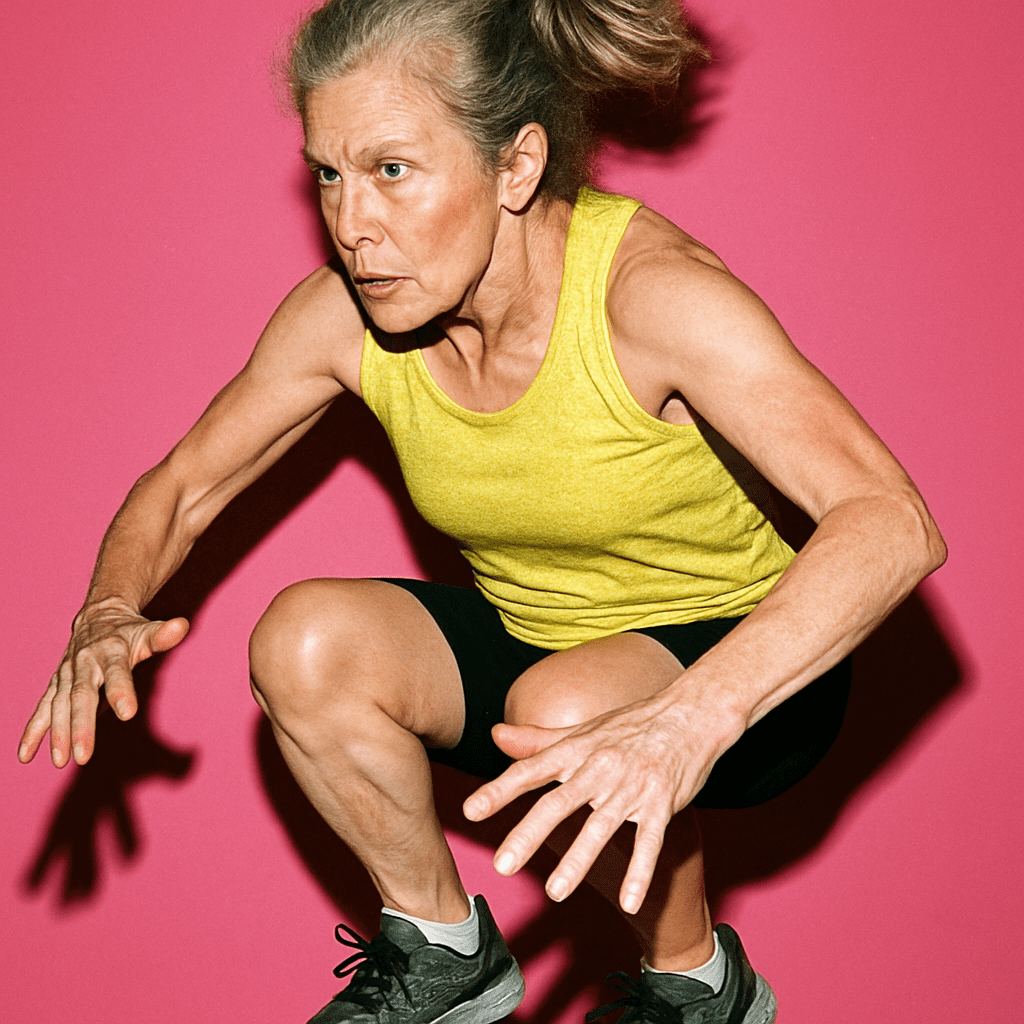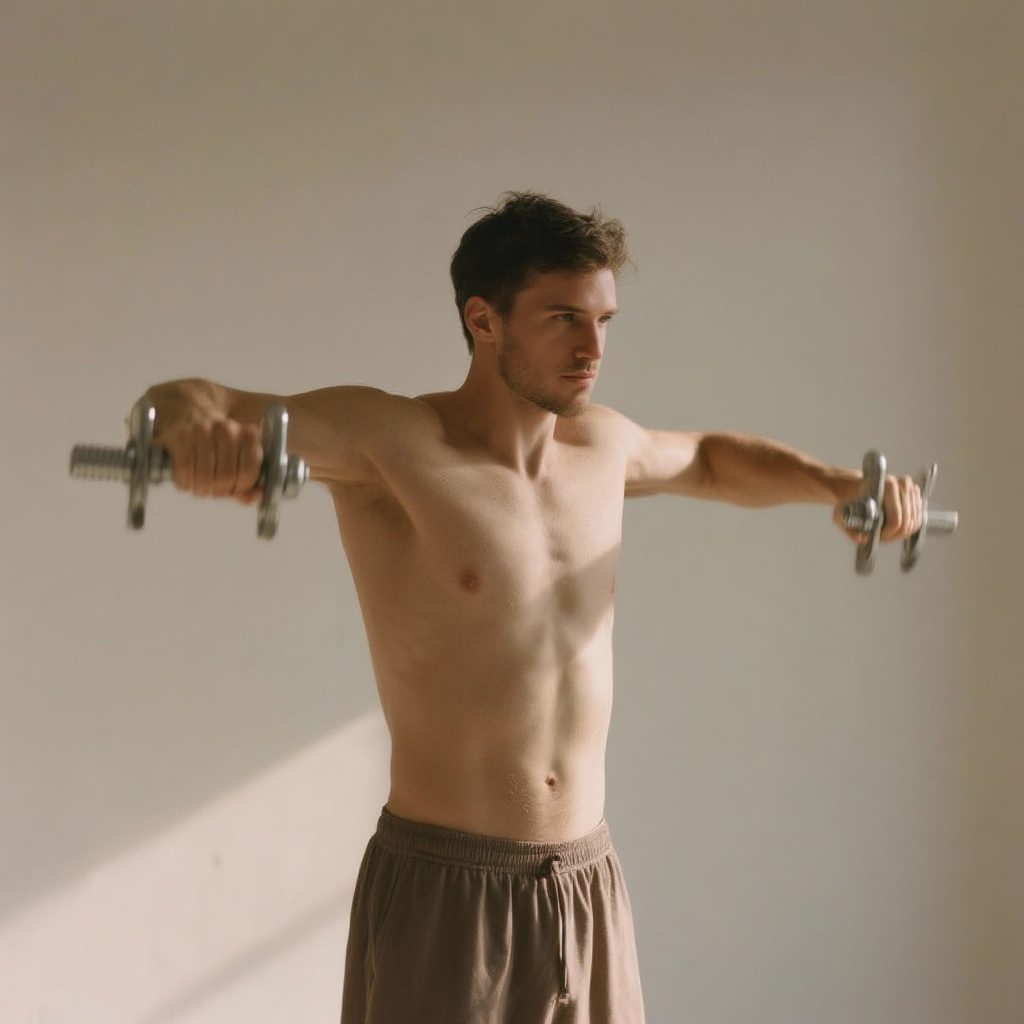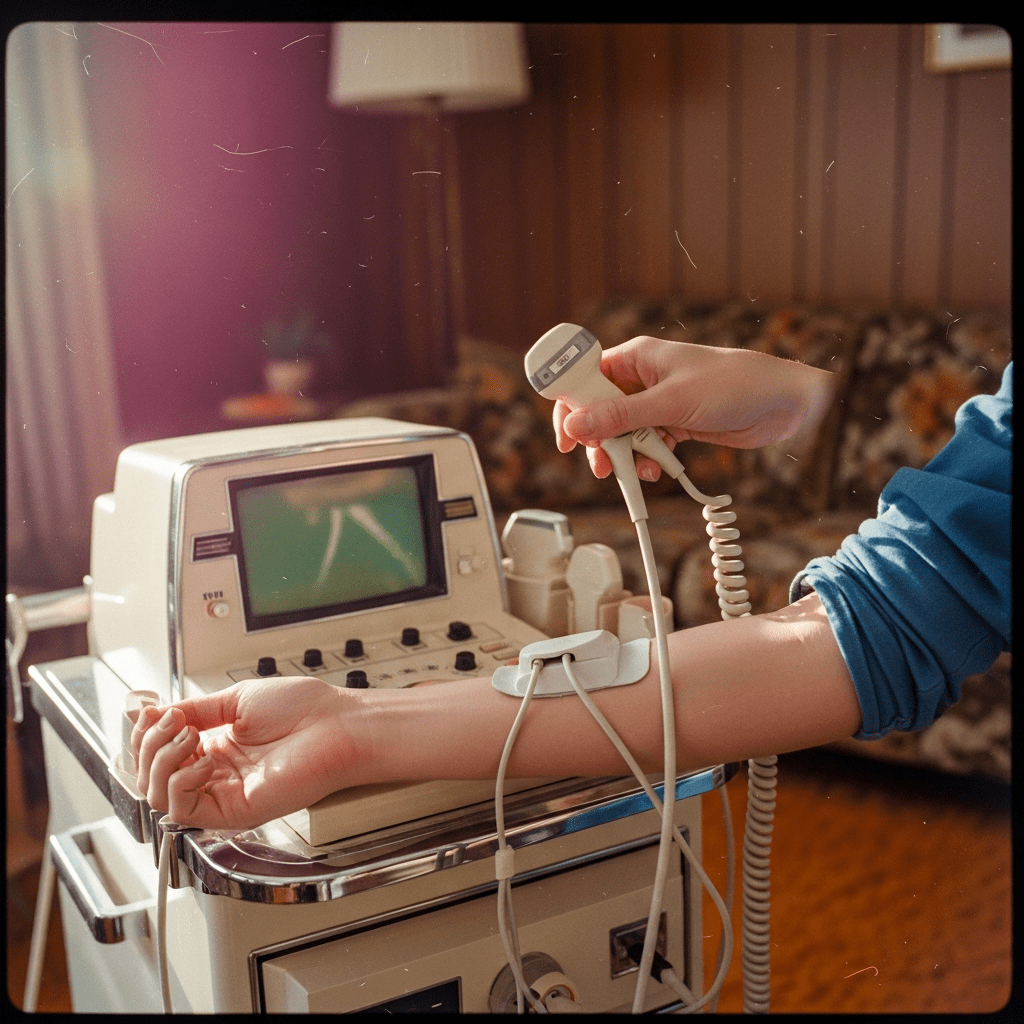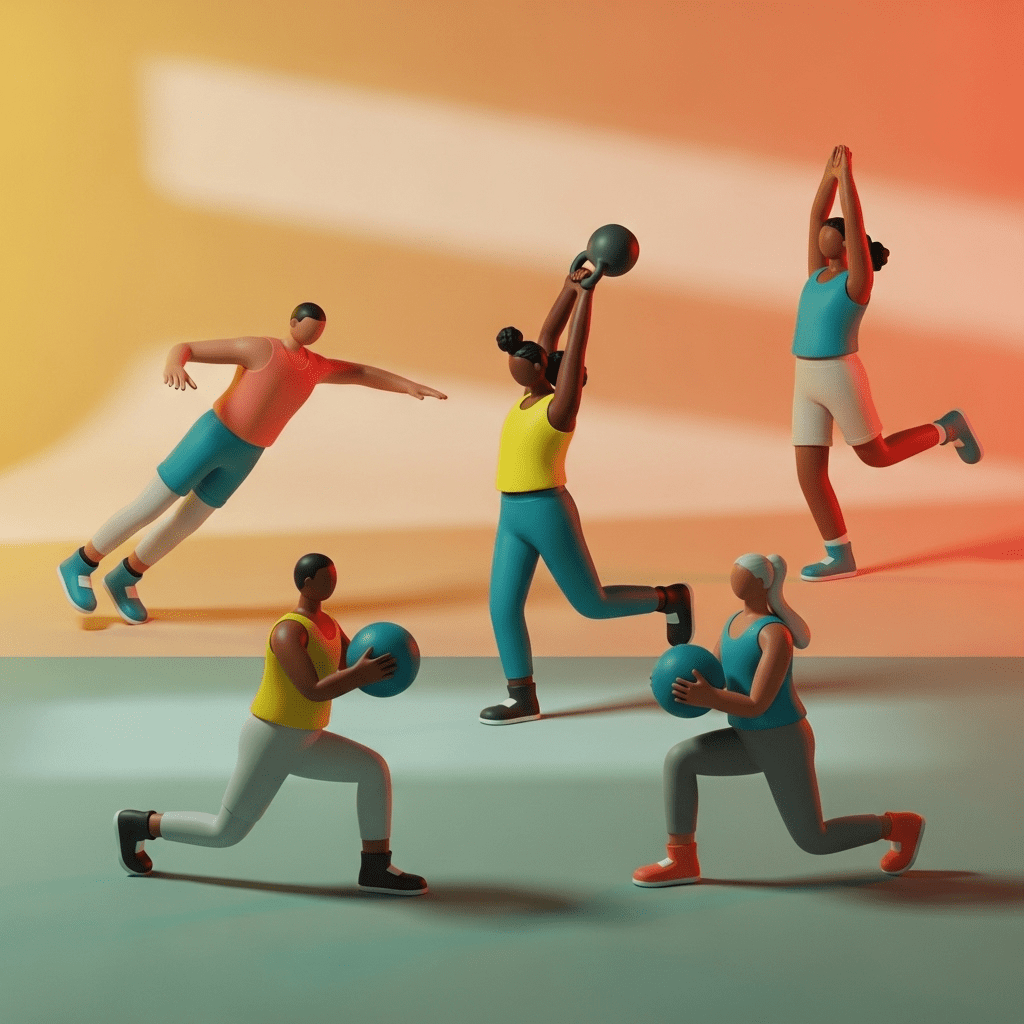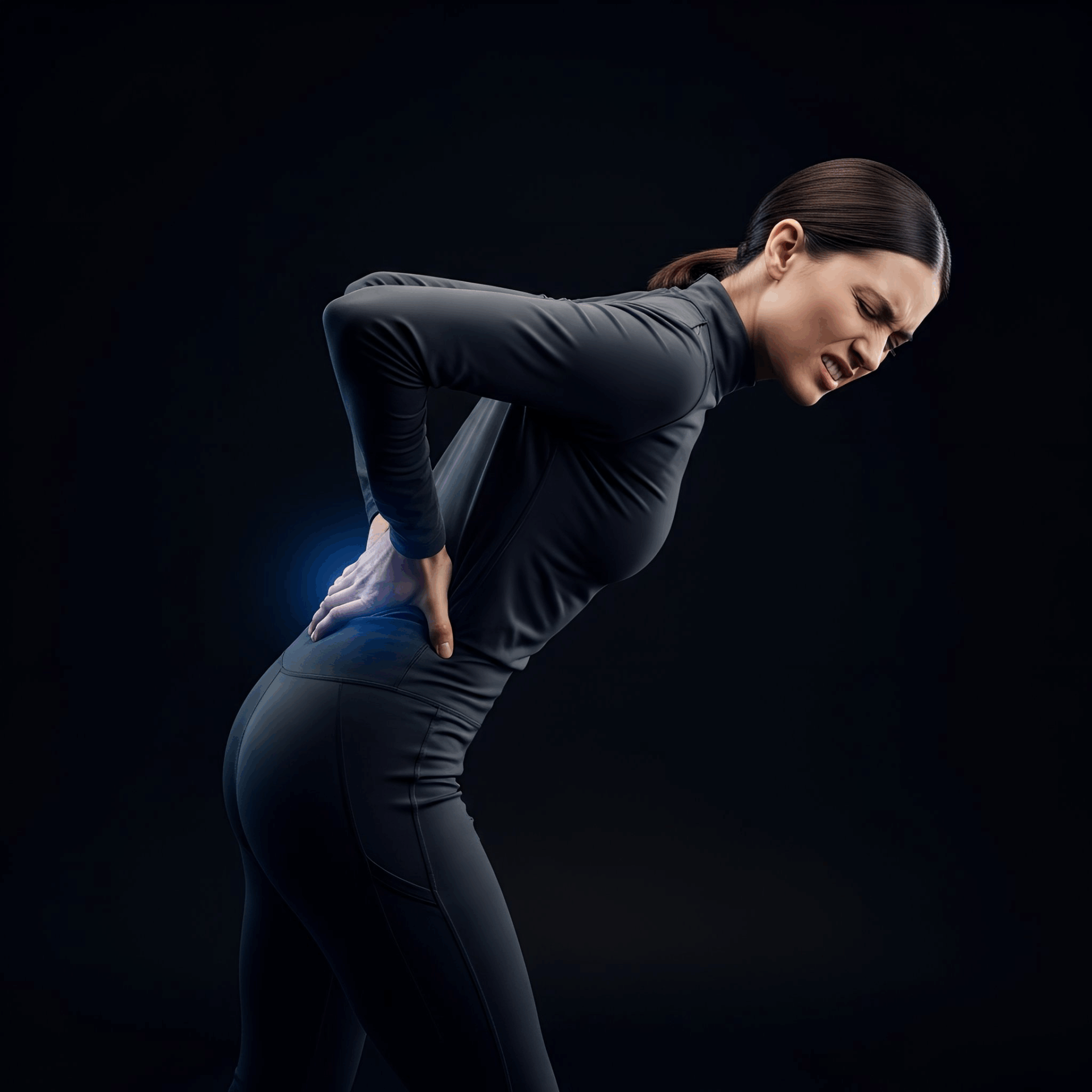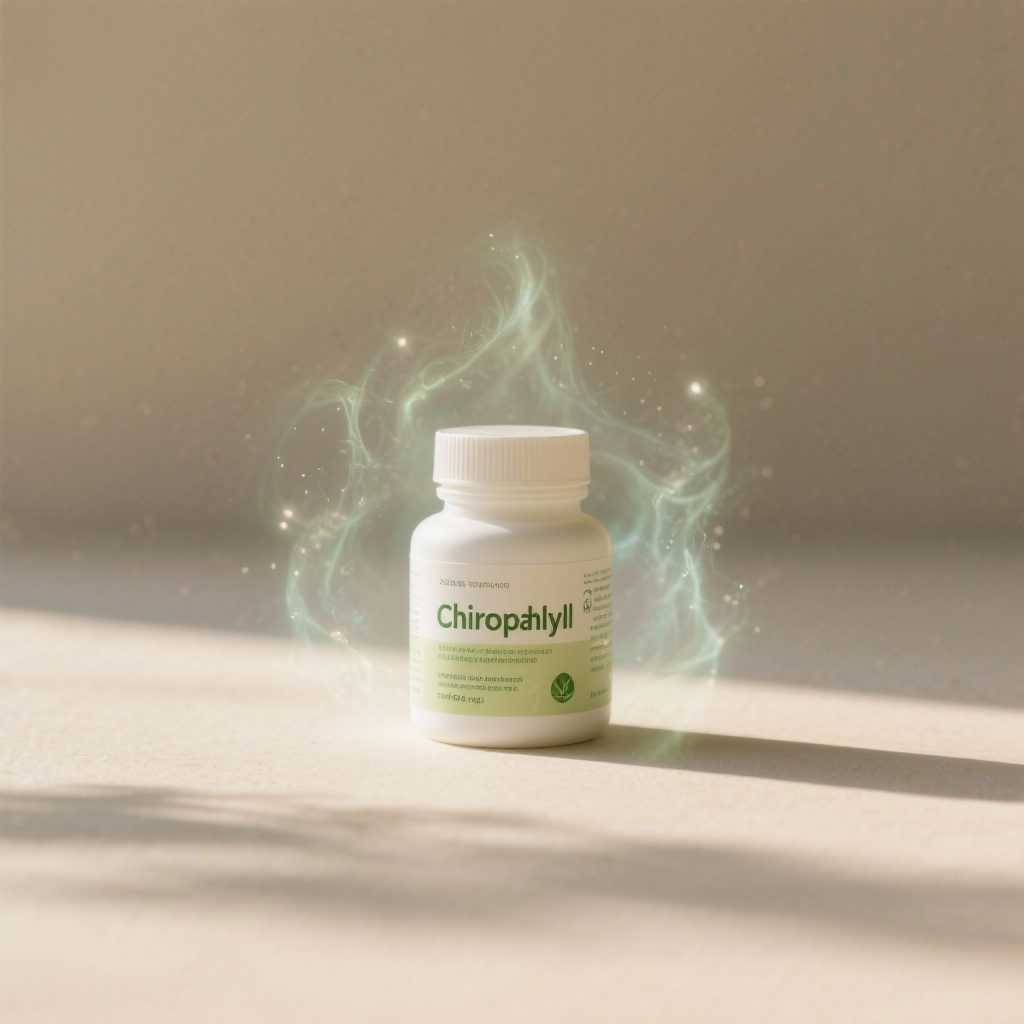Sports and exercise not only involve taking your body to the optimum level, but also serve to elevate your mind, soul, and spirit. An important aspect when aging would be the approach you decide to take when exercising at this stage of your life. Your mind, or your “willpower” is what will keep you going when your body decides to give up. Typically, your body muscle tissue starts deteriorating when aging. A 2004 study explained some of the changes muscles go through with age. Some motion loss is inevitable while your physical performance deteriorates over time. Although foreboding, there is a way to slow down the process of muscle mass loss and function known as sarcopenia (muscle and function deterioration). A 2018 study suggested the best way to slow down the process is by exercising or being physically active. Like Bob Parson said in 16 Life Lessons: “anything that is not managed will deteriorate”. Therefore, the recommended exercise guidelines for older adults are similar to those for a young adult. At least 150 to 300 minutes of moderate-intense exercise each week, or 75 to 150 of vigorous-intensity aerobic physical activity a week is recommended, but only if they are capable. If the older adult is not able to perform 150 minutes of moderate-intense exercise a week, then they should be as physically active as possible, according to a 2018 paper.
There has been considerable interest in both plyometrics and High-Intensity Interval Training (HIIT) exercises in the elderly population. Plyometrics is training that uses eccentric and concentric speed and force of different movements to build muscle power. This type of training is used in sports to improve athlete explosiveness in running, jumping, and throwing. Plyometrics builds strength and helps develop balance. A 2018 study suggested that for older adults, it is advised to do physical activities that include balance, aerobic, and muscle-strengthening. Applying muscle-strengthening activities like plyometrics at least 2 times a week could be beneficial for older adults. Plyometrics can involve moderate to high-level intensity exercises because it works all the major muscle groups (legs, hips, chest, back, abdomen, shoulders, and arms). Examples of exercises of high intensity could be squat jumps, leap ups, thrust ups, and sprinting. Illness or muscle/joint issues should be taken into consideration for older adults who may not be able to perform this type of exercise. Nevertheless, plyometrics training can involve more moderate exercises to be performed at any level. Some examples include regular squat, calf raises, and lunges. Muscle-strengthening exercises like plyometrics should be performed with an intensity that would make it difficult to perform another repetition. This level of intensity improves resistance which will enhance muscular strength. While plyometrics help with muscle strength, it may also help with balance. Balance exercises are particularly important for older adults, as most injuries at an older age are due to falls. A 2014 study stated that 28.7% of older adults reported falling at least 1 time while 37.5% reported that they required medical assistance! Therefore, plyometrics that train both muscle strength and balance could offer help to older adults. Another study from 2019 mentioned that plyometrics is a viable and safe option for older people. However, further study is warranted to determine if there is an overall relationship between plyometric training and specific health benefits for older adults.
HIIT exercise could be another viable training option for older adults. The difference between plyometrics and HIIT is that plyometrics primarily involves muscle-strengthening while HIIT involves burning many calories in a short period of time. A 2016 study on HIIT exercise suggested that it could be beneficial to people with chronic diseases, as well as older adults. An example of benefits mentioned by the study would be cardiovascular disease improvement in functional capacity. HIIT is considered anaerobic exercise and anaerobic exercise uses glucose for energy without using oxygen. Glucose typically comes from carbohydrates. But, in HIIT exercise fat is the primary fuel source. Burning fat could improve overall health in older adults by lowering the risk of diseases such as cardiovascular, diabetes, and respiratory problems. Although HIIT has been shown to be beneficial, the intensity level of the exercises could be too high for older adults. The exercises are performed in a short round burst at a high level. This could present a risk to any health issues they might have. Therefore, they should certainly seek professional advice from a healthcare provider before participating in this kind of training. As mentioned before, major concerns for older adults are muscle strength and balance. A 2021 study showed that, although it might be well-tolerated for older adults, it is not clear if it is effective to reduce the risk of falling or improve balance. The physical activity guidelines for Americans recommended for older people to participate in endurance or aerobic activities which are less intense than anaerobic exercises. Aerobic activities could include walking, jogging, running, swimming, and bicycle riding. These are exercises that are of a greater duration compared to HIIT exercise which is shorter.
The most important takeaway for older adults is to stay physically active. Even simple tasks such as going up the stairs, mowing the lawn, cleaning the house, walking the dog, or carrying grocery bags could help slow down the deterioration of the body. HIIT and plyometrics exercise are great choices, although they may be quite demanding. Plyometrics would be the better option since it includes muscle-strengthening and balance exercises rather than short duration with high intensity. While your mind and body will let you know your limits, remember to first consult your healthcare provider.
References
[1] Volpi, E., Nazemi, R., & Fujita, S. (2004). Muscle tissue changes with aging. Current opinion in clinical nutrition and metabolic care, 7(4), 405–410. https://doi.org/10.1097/01.mco.0000134362.76653.b2
[2] Distefano, G., & Goodpaster, B. H. (2018). Effects of Exercise and Aging on Skeletal Muscle. Cold Spring Harbor perspectives in medicine, 8(3), a029785. https://doi.org/10.1101/cshperspect.a029785
[3] U.S. Department of Health and Human Services. (2018). Physical Activity Guidelines for Americans, 2nd edition. Retrieved from https://health.gov/paguidelines/second-edition/pdf/Physical_Activity_Guidelines_2nd_edition.pdf
[4] Bergen G, Stevens MR, Burns ER. Falls and Fall Injuries Among Adults Aged ≥65 Years – United States, 2014. MMWR Morb Mortal Wkly Rep 2016;65:993-998. DOI: http://dx.doi.org/10.15585/mmwr.mm6537a2external icon
[5] Vetrovsky, T., Steffl, M., Stastny, P., & Tufano, J. J. (2019). The Efficacy and Safety of Lower-Limb Plyometric Training in Older Adults: A Systematic Review. Sports medicine (Auckland, N.Z.), 49(1), 113–131. https://doi.org/10.1007/s40279-018-1018-x
[6] Ross, L. M., Porter, R. R., & Durstine, J. L. (2016). High-intensity interval training (HIIT) for patients with chronic diseases. Journal of sport and health science, 5(2), 139–144. https://doi.org/10.1016/j.jshs.2016.04.005
[7] Elboim-Gabyzon, M., Buxbaum, R., & Klein, R. (2021). The Effects of High-Intensity Interval Training (HIIT) on Fall Risk Factors in Healthy Older Adults: A Systematic Review. International journal of environmental research and public health, 18(22), 11809. https://doi.org/10.3390/ijerph182211809

